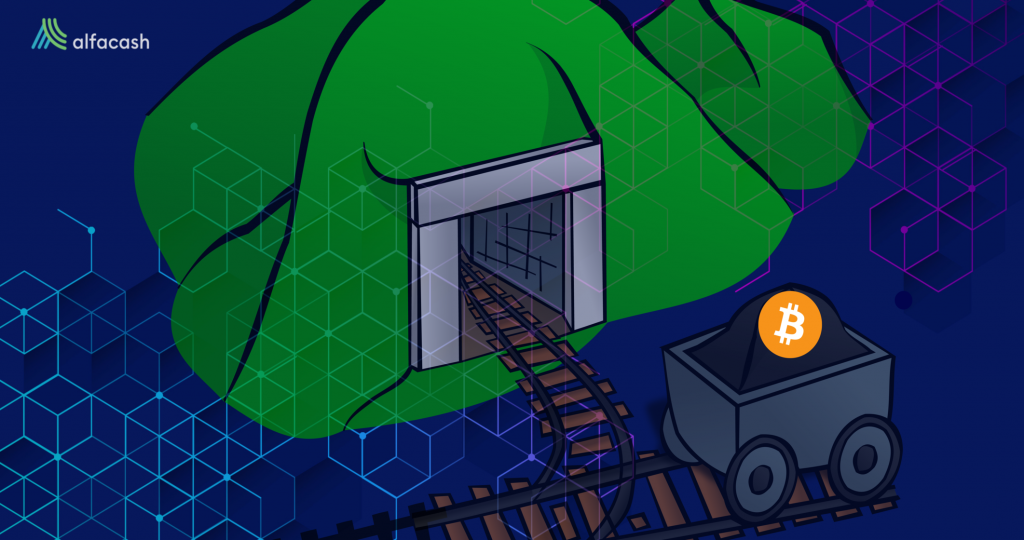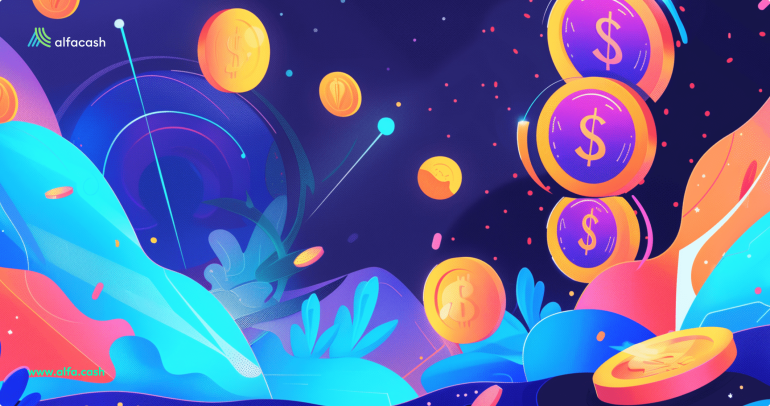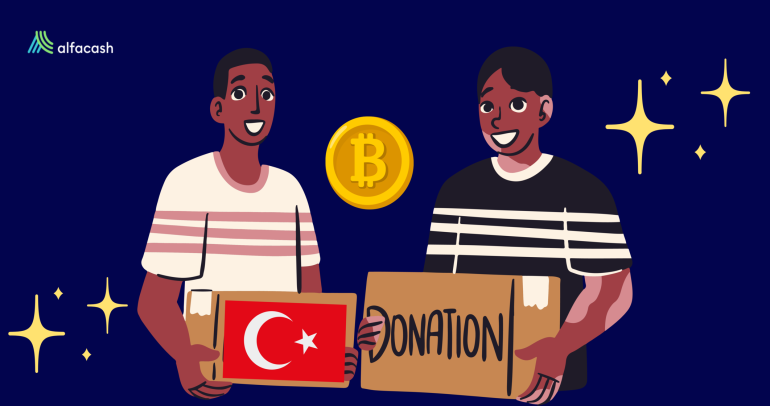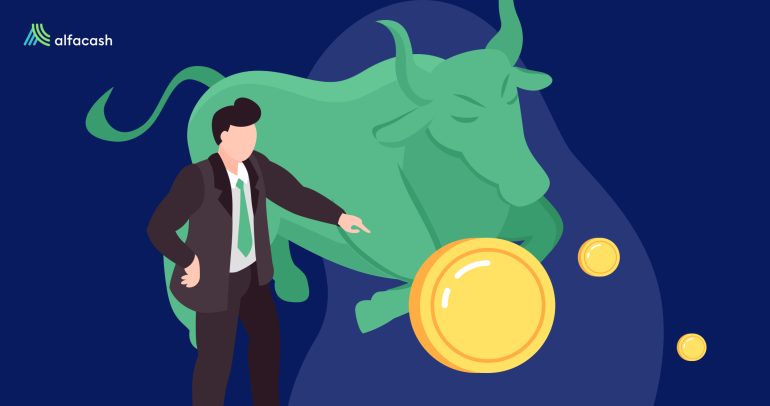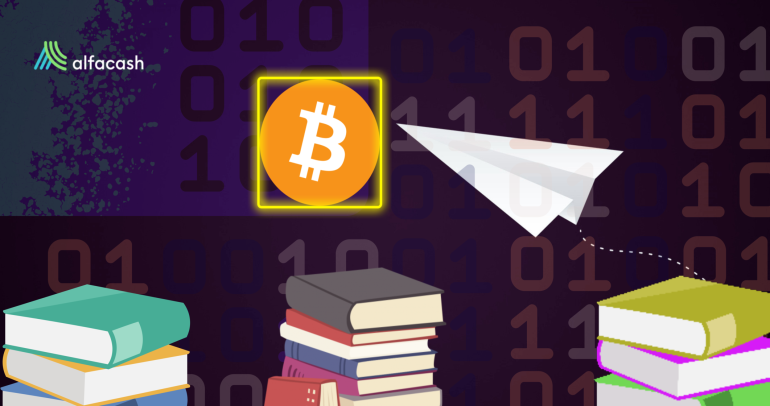Let’s start with a basic reminder: Bitcoin and cryptocurrencies are software (computer functions), essentially. Besides, most of them are open-source software. This means that any developer out there could take the same source code and change it somehow: from inspections to enhancements. That’s where a Crypto Fork may appear.
So, what is a fork? Does it have something to do with cutlery? Well, definitely not. A Crypto Fork or Crypto Split happens when one blockchain is updated and/or fully divided into two or more potential chains, always parting from the same history. In other words, everything from the original network is copied to make a new version with additional or different features. The “copy” includes not only the basic features, but also the whole transaction history, addresses, and users’ balances —until the point of the split.
To make a comparison, we can imagine that a forked 블록 체인 is like a forked path in a gold mine. The miners come in the same line (chain) with small cars (blocks) full of gold (coins). Then, suddenly, the path splits into two (or more) ways. Let’s say it’s a video game: one way will change the wheels of their cars, while the other will keep them the same. So, the miners must choose.
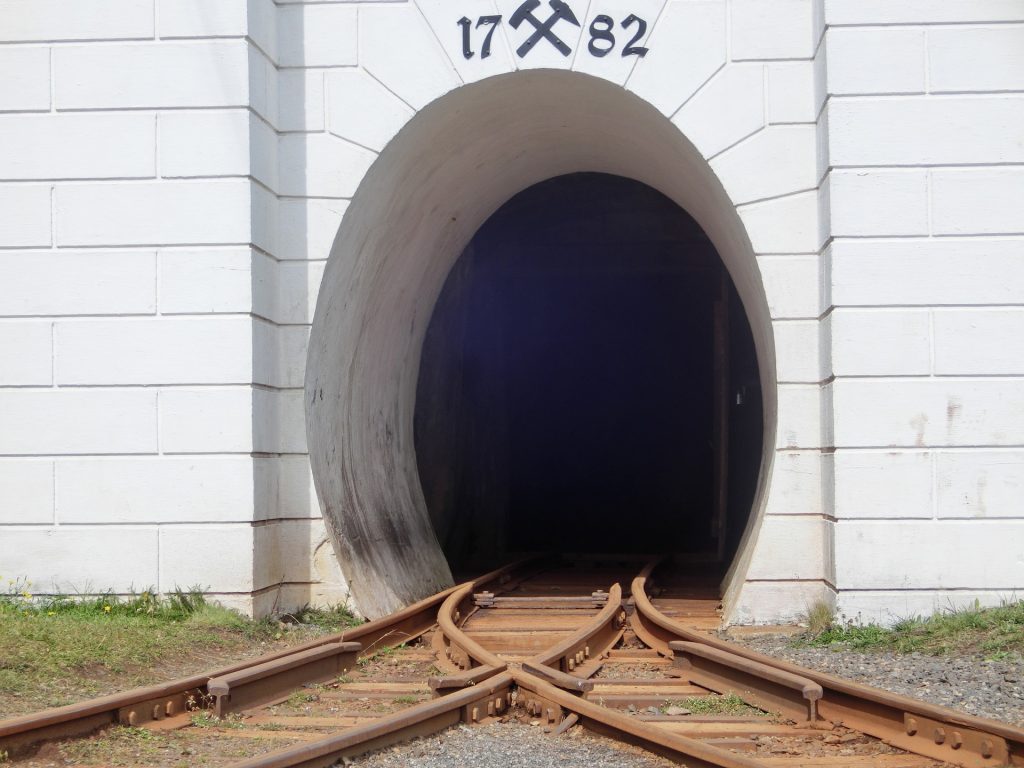
In some cases, most miners could decide to go to the left, while the right line is abandoned (or vice versa). In other cases, the miners could divide too: some to the right and others to the left, in variable proportion. On the other hand, even if both paths share the same origin, now the miners, cars, activities, coins, etc., could be somehow different in each one.
And it could be several kinds of paths, with different consequences. In crypto, we have hard forks and soft forks.
Crypto Hard Forks
We can say this is when there’s no going back or cooperation between paths. The team behind a blockchain changes the protocol enough to make the previous features unavailable. It requires all network participants to upgrade, as the old version will no longer be supported. It’s a “backward-incompatible” software update.
Going back to the gold mine, the participants found themselves on two paths, but one of them is sealed. So, the easier way seems to follow the open path —that will change their wheels (add new features). There’s another option, though. They can reject the open path and dig the sealed one to pass through. But both paths offer different possibilities now, and they’re not connected to each other.

Around 40% of miners picked up the previously sealed path, while the others followed the open path. Now, there are two lines (chains) with different miners, cars (blocks), and coins. That’s what happened in 2017 with Bitcoin (BTC).
BTC vs. BCH
Back then, a large percentage of miners wanted to increase the block size (the car to carry the coins), which would improve the speed of the network. Another large percentage didn’t want to do it, because it could compromise the security of the blocks. After voting, the option to stay with the same blocks but distribute better the coins (Segwit) won. However, that didn’t stop the first group.
They joined to make a hard fork of the Bitcoin original chain and created Bitcoin 현금 (BCH) this way. BTC ended up activating Segregated Witness (Segwit), while BCH increased the block size. They don’t have any connection with each other but share the same early history. At the moment of the split, all BTC holders received a duplicated balance on the new chain because of this “cloning”.
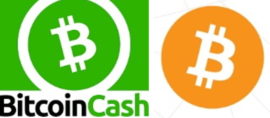
So, for example, if a holder had 1.3 BTC at the moment of the split, they received 1.3 BCH as well. The value wasn’t the same, though. BTC was always more valuable, recognized as “the original Bitcoin”, while BCH was considered a new altcoin. Therefore, after the split, BTC was traded at around $2,700, while BCH was at $260 per token.
Considering these prices, the holder of 1.3 BTC ($3,500) also had 1.3 BCH, but the price of the latter was only $338 [CMC]. The amount was free to claim using a non-custodial wallet. Now, BTC sits at $20k, while BCH struggles at $120 (and suffered other two hard forks in 2018 and 2020). We can see that, after division, the projects can take very opposite directions.
Crypto Soft Forks
They’re another change in the blockchain protocol, but much less drastic. The old version is still compatible, while the use of the new feature(s) is optional for the operators. New rules are put in place for the system, but they’re compatible with the old ones. Thus, it doesn’t require all the participants upgrading —or flee to create a new chain.
If this was the gold mine, the miners wouldn’t encounter themselves with a whole new path, but with two or more lanes in the same cave. One of the lanes changes the size of the cars (adds a new feature), while the other doesn’t. They can choose freely in which lane to be, and still cooperate with the others. The blockchain is the same, and the coins are the same as well. Like two railways running in parallel.

Beyond Bitcoin Cash, Segwit was a soft fork in Bitcoin (BTC). This feature removes the transaction signatures from each block, which frees up space and even allows them to push their limit to about 2-4 MB (load more coins). By using it, the nodes can speed up transactions and make them cheaper. Although applying this update is optional, it’s been calculated that over 80% of the nodes are using it by now.
Why do it, and what about the users?
It can be a lot of reasons, but, as we’ve mentioned, a Crypto Fork is nothing more than a protocol upgrade or change. Why change a protocol (blockchain), then? Mainly, to evolve or to fix things. It’s not very known, but Bitcoin had a hard fork in 2010 to fix a huge failure: someone was able to create 184 million coins —when the limit is 21 million. Back then, 나카 모토 사토시 himself fixed this issue.
Sometimes, the fork is an accident. In a blockchain with miners, for example, two of them could find the solution to the same block almost at the same time. Since both solutions are correct, they can be followed by other miners, creating a split. That is until one of the forked chains grows longer, then, the shorter one is abandoned with its blocks. We call it “orphaned blocks”, and it’s fixed automatically.

In other cases, the team behind a blockchain, including developers and miners, could have ideological differences. Ethereum Classic (ETC) was born this way in 2016. Vitalik Buterin and other community members decided to split the network to erase a huge robbery (to The DAO), but not everyone agreed. Therefore, they “dug up” ETC to stay in the old chain. That could happen again in 2022 with The Merge.
And the coin users?
For Juho Lindman and Linus Nyman of the Hanken School of Economics in Helsinki, forks are a fundamental right to achieve an open ecosystem like the one Bitcoin intended to create from the beginning.
“While there are many reasons why projects are forked, the most common reason is the desire to modify the original program to better address a specific need. Forks may also be planned, temporary divergences intended to test new ideas and features, with the intention of later integrating effective improvements back into the original. The right to fork code is built into the very definition of what it means to be an open-source program.”
They can provide more 분산 to the ecosystem, and, therefore, to the users —including developers, miners, and average people. 하나, there are some things that beginners need to consider about crypto forks.

When a specific coin is passing through a fork, the exchanges may halt its transactions, even for several days. It’s risky to make payments during these times since the network is unstable. If it’s a hard fork with enough miners’ support, then all the users will get new coins in an equivalent proportion (as we saw with BCH). If the new chain doesn’t have enough support, then it simply disappears.
Finally, the crypto soft forks present barely a difference for most users. They can enjoy the new features only if the node or service provider (like wallet or exchange) decides to adopt the “other lane”. Otherwise, there won’t be any changes.
Wanna trade ETH, BTC, BCH, and other tokens? You can do it 안전하게 Alfacash에서! 그리고 우리가 이 주제와 다른 많은 주제에 대해 소셜 미디어에서 이야기하고 있다는 것을 잊지 마세요.
